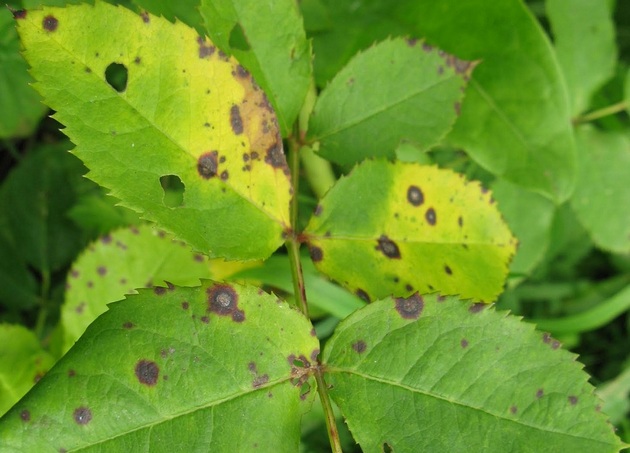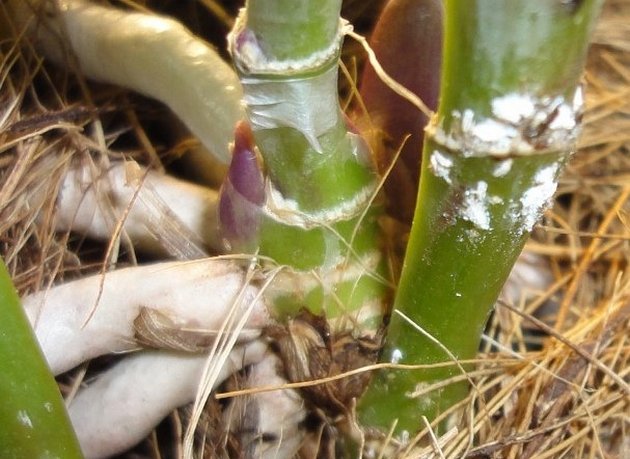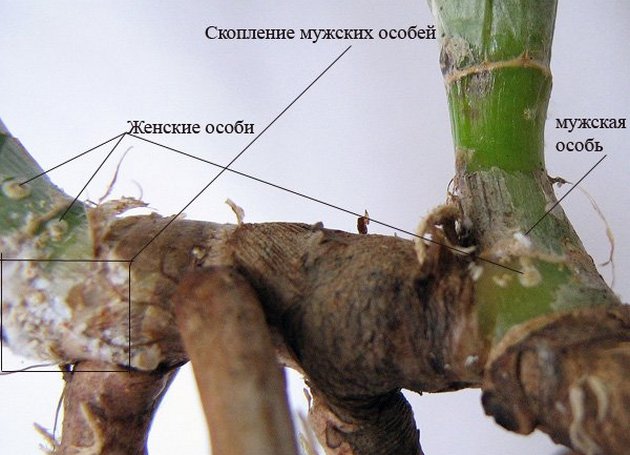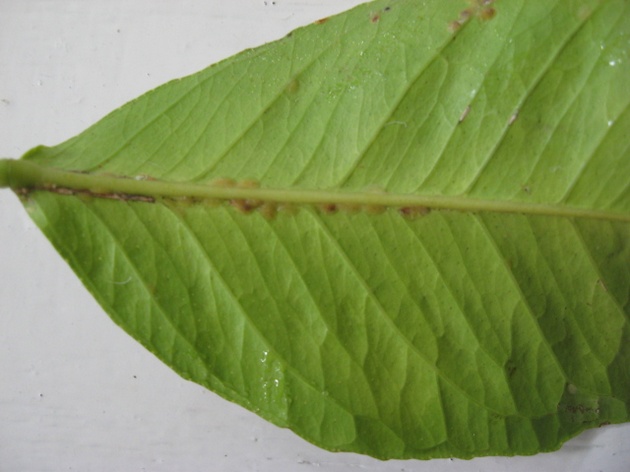If one day, when inspecting your favorite plants, you notice an insect that looks like a flat aphid or a shell, then you know that you have a scabbard. Do not panic and immediately throw your favorite plant out of the house. You can still help him. But first you need to understand what a shield is and how it is harmful.
The scabbard is a very serious enemy of the florist, especially the beginner. This enemy is terrible because at the initial stage of development, it is extremely difficult to detect it, since it is mobile and small insects. We can immediately say that the best way to prevent and combat the scabbard is a thorough and regular inspection of the plants..
Let’s take a closer look at the shield itself and methods of dealing with it.
There are quite a few types of scale insects, and the difference between them is in size and color. But they all have a common feature – a wax shield that covers the body, and which gave the basis for the name of this pest. It is not worth describing all the species, because there are quite a few of them and this is not interesting for everyone, but it is worth mentioning that there are false shields. But, despite their name, they do no less harm..
What is the danger of the shield?
The body of the scabbard is only 5 mm, but this does not make it less dangerous. The whole danger lies in the fact that it sucks out all the juices from the plant after settling on it. The result is abscission, drying of the leaves, and sometimes the death of the plant, if nothing is done. Conventional scabbard control methods may not work, as the wax shield makes it immune to many chemicals. There are many known cases when the war with this enemy was completely lost. But, in fact, not everything is so scary. After all, the shield can be defeated even in the very last stages. But this requires a lot of patience, time and the right approach..
Signs of damage with a scabbard
As mentioned above, the scale insect is very difficult to detect at an early stage, because it is a rather small insect that moves very quickly. Although it is the active movement that betrays her. And even if you do not have sharp eyesight, you can use a magnifying glass. The next time you inspect the plant, you will not be able to miss the movement along the stem and leaves of the plant. After that, you must immediately strike a preemptive blow. But adult scale insects can be easily seen with the naked eye, even if you have poor eyesight. They often appear at the place where the cutting of a leaf adjoins a branch or trunk, and their most favorite place is the bottom of the leaf. Scabbards look like specks on leaves, trunks, etc..
Still, there are cases when the florist did not see them. But here, too, there is no need to despair, because the next sign of a scabbard attack is very pronounced. A sticky liquid (the so-called pad) begins to appear on the leaves, and sometimes it becomes so much that this pad begins to flow down the leaves onto the windowsill. This becomes especially noticeable when a scale insect attacks a lemon. Because of this sticky liquid, the situation is aggravated even more by the fact that a sooty fungus develops on it. The list of plants (indoor) that the scale insect can easily attack is very long. These are many of ivy, citrus, palms, oleander, croton, ficus, yucca, dracaena, pachistachis, fat woman. But this is only the beginning of the list …
Methods for dealing with the scabbard
If you managed to spot this parasite at an early stage, when it is not protected, then it is enough just to carefully and diligently spray the plant with an insecticide solution. However, if this moment is still missed, then the fight will become a little more difficult. Do not think that to get rid of the scabbard, you will only need to raise the humidity, as is necessary for a spider mite, or sprinkle with a solution of laundry soap, as required by aphids.
Mechanical cleaning is what will help remove the shield. Yes, with your own hands. Naturally, using improvised tools such as an unnecessary toothbrush can help. Many recommend using cotton swabs, which must first be moistened in a solution of Actara or karbofos.
The mechanical method is quite reliable, but only if you have a lot of patience and can remove all the pests. The whole problem is that the scale insect reproduces at a tremendous speed, and there are viviparous, and there are those that lay eggs. They become immobile, as they guard their offspring. And if you missed at least one speck, then all the work was in vain. But florists recommend radical ways.
Immediately after you have removed all the parasites from the plant, you need to carefully spray it with a solution of actara. Pay special attention to the inside of the paper (this is their favorite place). A young or not tall plant must be watered the next day with the same solution. After, a week later, repeat the procedure. In this case, first of all, the plant affected by the shield must be isolated from others, and the place on which it stood, and, preferably, the neighboring plants, must be carefully treated with actara.
Since almost all insecticides have a pungent odor, and are also toxic, it is better to carry out the treatment in a non-residential area. Another important detail should be taken into account: watch the humidity of the air, since if it is increased, then this is an excellent condition for the reproduction of the scale insect. Therefore, in sunny summer weather, it is better to take the plant out into fresh air and place it where there is good lighting. Bright light slows down the development of scale insects.




